Published Dec 7, 2014
Celebrating Star Trek: The Motion Picture's 35th Anniversary
Celebrating Star Trek: The Motion Picture's 35th Anniversary

Star Trek fans are used to seeing the U.S.S. Enterprise on the big screen these days, but when Star Trek: The Motion Picture opened in theaters 35 years ago today – December 7, 1979 – it marked the first time Star Trek’s majestic, iconic starship ventured into cinemas. The jury remains out on The Motion Picture, which was directed by Robert Wise, the man behind The Day the Earth Stood Still, The Andromeda Strain, West Side Story and The Sound of Music. Some people find it slow, even boring. Others love it, especially its basic story, which echoed the thinking person’s sci-fi so associated with The Original Series. And, no question, the DVD version, Star Trek: The Motion Picture: The Director’s Edition, vastly improves upon the initial release. To celebrate the film’s 35th anniversary, StarTrek.com offers up some tidbits, factoids and anecdotes Trek’s first theatrical voyage.
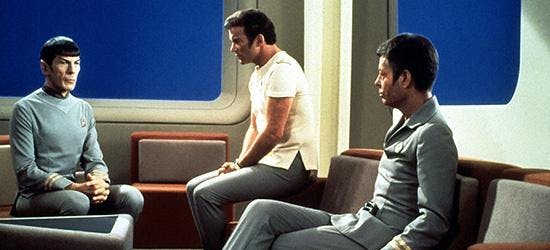
-- TMP rose from the ashes of Star Trek: Phase II, the abandoned television series that would have brought the Enterprise and most of the TOS cast back to the small screen. And, as the story goes, Phase II rose out of the ashes of a proposed TOS feature that was to have been directed by Philip Kaufman.-- Filming on TMP commenced on August 7, 1979 and wrapped on January 26, 1979. The wrap party was held on February 10, 1979, at Liu's Chinese Restaurant and Chez Moi Disco.
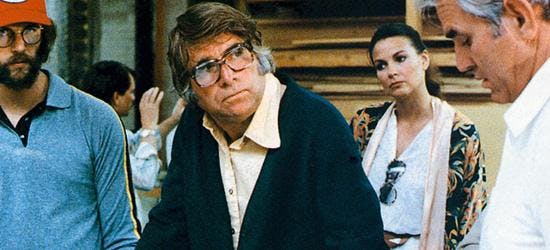
-- “I wasn't a Trekkie, though I'd seen a few episodes," Robert Wise recounted to the Philadelphia Daily News during an interview back in 1994. "The reason I did it was I'd done The Day the Earth Stood Still (1951) and The Andromeda Strain (1971), which were earthbound, and I thought it was time I got into the heavens. By far, and for various reasons, it wasn't one of my favorite experiences," Wise went on to say. “The day-to-day on the set, directing the actors and working with Gene (Roddenberry), was fine, but we were rewriting the script every day, to the very last day of shooting.”
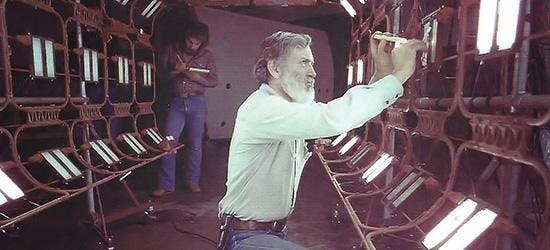
-- TMP cost approximately $46 million to make, an astronomical sum for its day, but also an unfair number. That figure took into account the costs associated with Phase II and also the oft-told TMP special effects debacle saga.
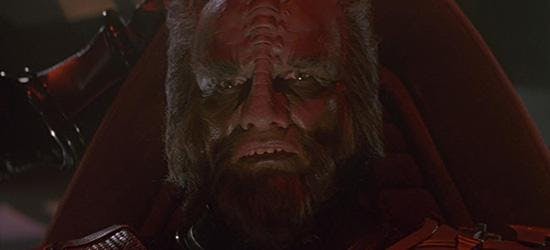
-- Klingon was spoken for the first time in TMP.-- The V'ger sound effects were performed using a blaster beam. What’s a blaster beam? It’s a musical instrument invented by Star Trek actor Craig Huxley, who was known as Craig Hundley when, on The Original Series, he played Peter Kirk in “Operation: Annihilate!” and Tommy Starnes in “And the Children Shall Lead.” He also created the music for the Project Genesis simulation in The Wrath of Khan and The Search for Spock.-- Several familiar Trek figures made uncredited cameos in TMP, among them Bjo Trimble, David Gerrold, Susan Sackett and Christopher Doohan.
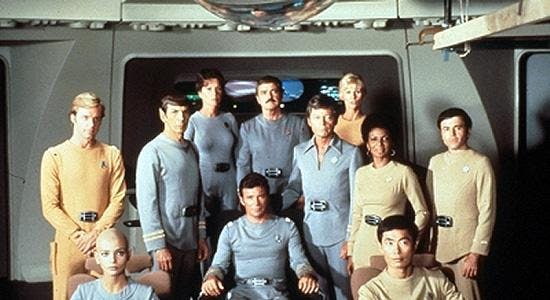
-- One of the film's publicity shots famously has a long two-by-four clearly visible at the top right of the frame (see above, no pun intended.) -- Leonard Nimoy, in a 1983 special titled Leonard Nimoy: Star Trek Memories, made the following, perfectly logical, statement about TMP: “It was a very finely crafted film, and it did well. But from the actor's point of view frankly, it was frustrating. We didn't feel that we were getting to play the characters that we enjoyed playing in the way that we knew how to play them. And it was frustrating for Gene Roddenberry too. It wasn't the story or script he had wanted, and the gaps seemed filled with too much emphasis on special effects.”

-- Robert Wise, were he still alive, would have turned 100 years old on September 10, 2014. Sadly, the respected director died of a heart attack on September 14, 2005, at the age of 91.-- TMP had its world premiere at the K-B MacArthur Theater in Washington, D.C. The screening was held on December 6, 1979, and was part of a fundraiser for the National Space Club.-- TMP received three Oscar nominations: Art Direction, Music and Visual Effects.
